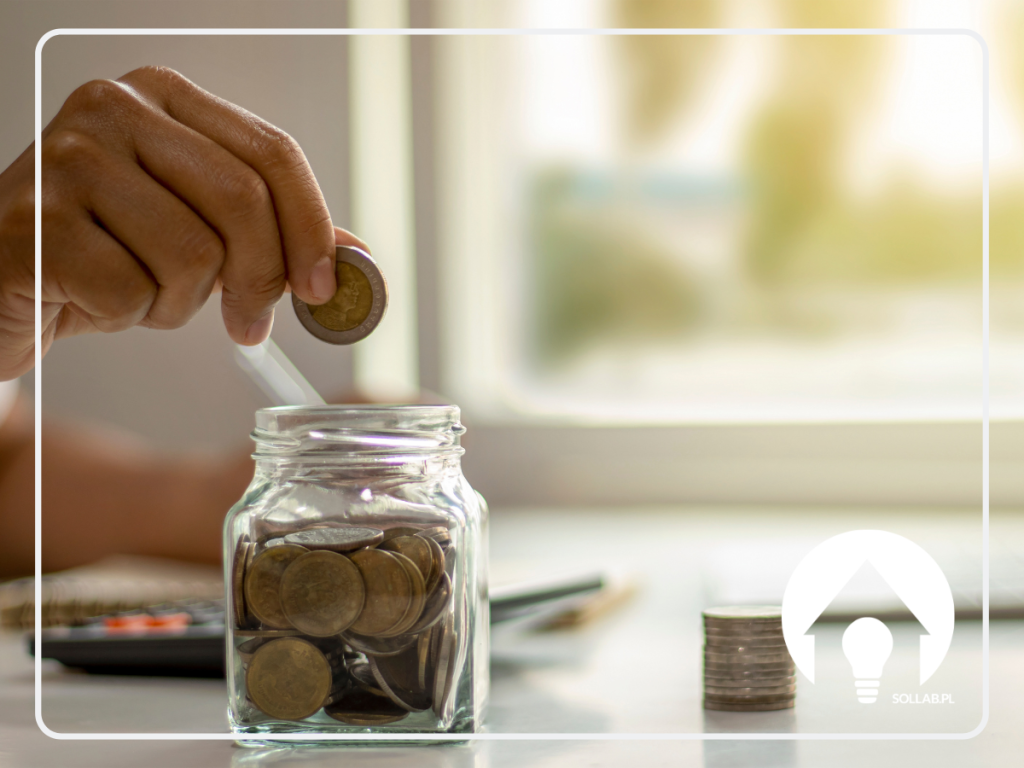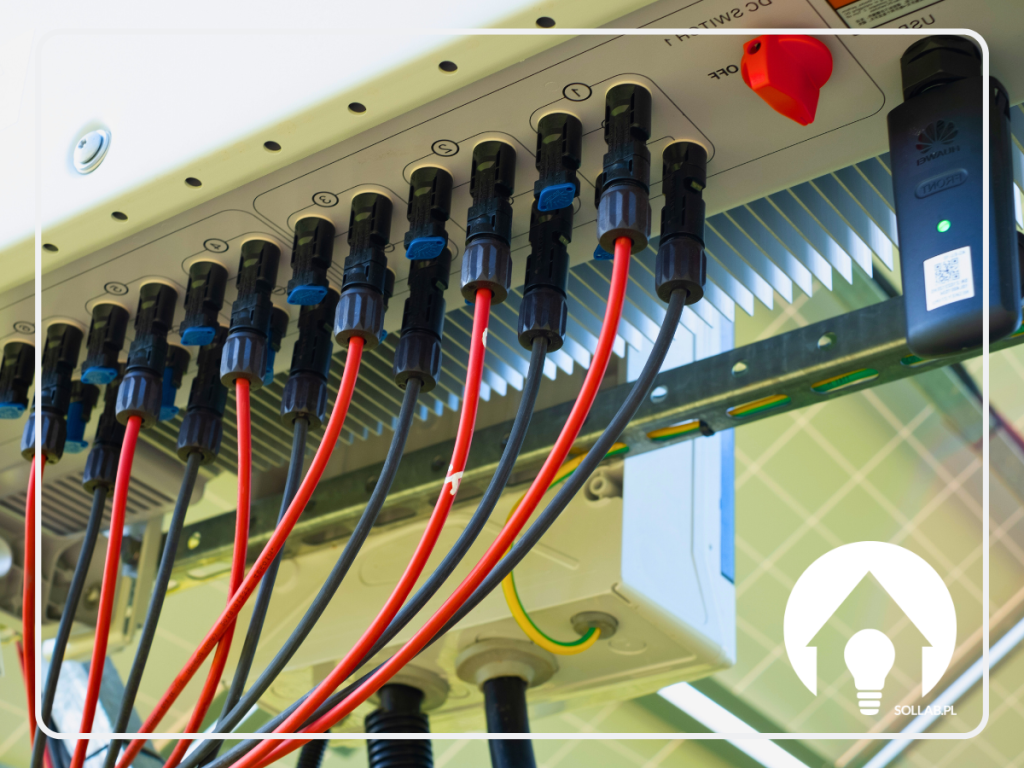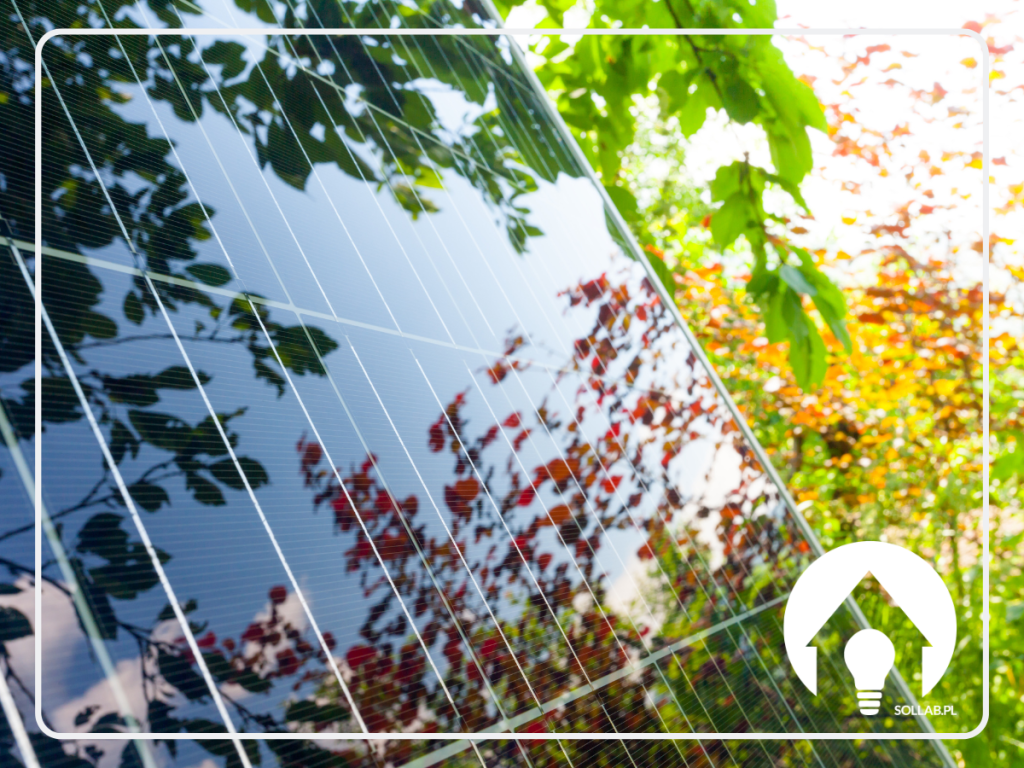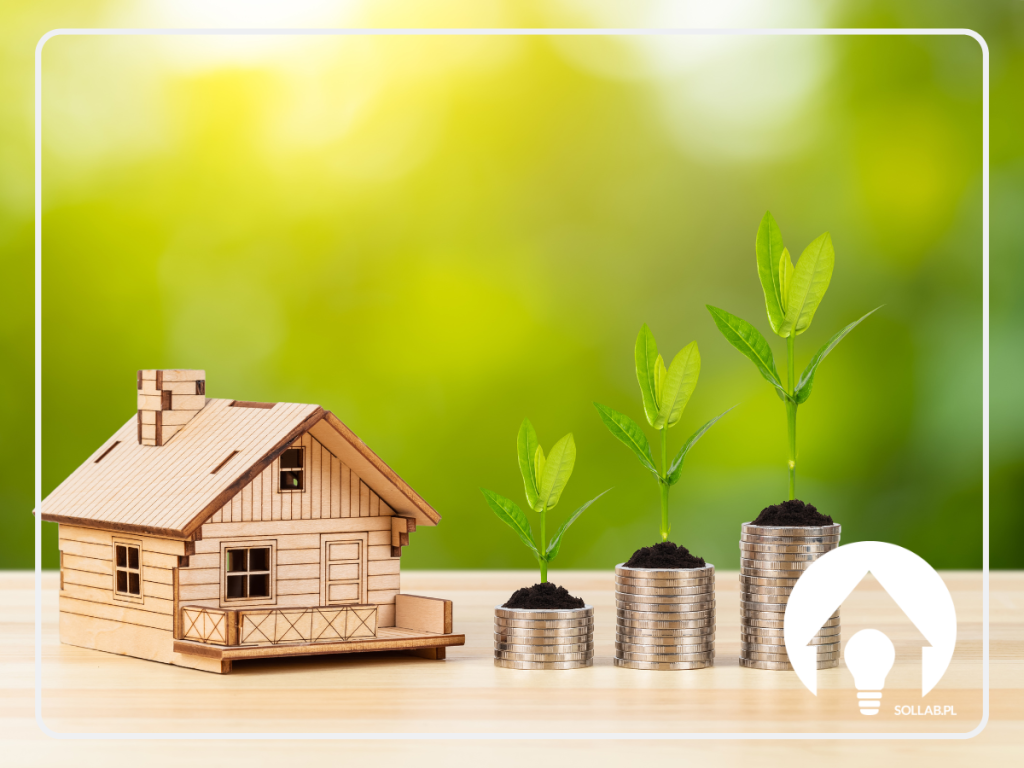Can hail damage photovoltaic panels?
Hail is a weather phenomenon that can cause concern for homeowners with photovoltaic panels. How resilient is the average photovoltaic installation to such weather incidents? Is hail a threat to photovoltaic panels? You will find the most important information in the following post. Check it out!
Hailstorms and Photovoltaics - what are the risks?
Does hail may damage photovoltaic panels? The answer in most cases is no. The components of a photovoltaic installation are tested under a wide range of weather conditions to ensure that they are durable enough not to be damaged when exposed to extreme weather conditions. The durable glass cover that protects the internal components of the solar panel is designed to withstand significant impact hailu. Most photovoltaic panels are designed to withstand impacts of the order of 23 m/s with ice balls of approximately 25 mm in diameter. These values can vary depending on the manufacturer and model of panel. The panels are made of robust toughened glass, so damage related to this weather phenomenon is very rare. It is worth adding that invisible damage to the modules does not at all mean that the fault is not serious. It may turn out that the silicon cell has been micro-fractured as a result of the impact, which will later translate into a marked drop in performance and a reduction in its service life.
What is the resistance of photovoltaics to hail?
Modern photovoltaic panels are designed with durability in mind. They pass rigorous tests, including hail impact tests. This means that most standard hail events should not pose a problem for solar panels. In addition, hailfall in Poland causes very rarely significant damage. Visible damage, such as glass sheet breakage, only happens in exceptional situations.
Factors Influencing Resilience
- Panel quality and type: Different panels have different levels of resistance to hail. Higher quality panels tend to perform better in extreme conditions.
- Installation angle: Panels installed at a steeper angle can cope better with hail impacts because the hail strikes at a lower angle, reducing the force of the impact.
- Local weather conditions: In regions where heavy hailstorms are more frequent, it is worth considering additional protective measures.
Protective measures
- Protective films: There are special protective films available on the market that can be applied to the panels to increase their impact resistance. This is certainly helped by the high quality of the EVA film.
Is it worth insuring photovoltaics against hail?
There is no formal obligation to insure photovoltaic panels, but it is worth taking an interest in the offers offered by insurance companies. Insuring a photovoltaic installation against hail damage can be a valuable decision, especially in regions where this phenomenon is frequent and intense. These devices are usually installed on roofs or other free-standing surfaces. This already indicates the risk of damage and loss.
Reasons to consider such insurance:
- Investment protection: A photovoltaic installation is a significant financial investment. Hail insurance can help protect this investment from unforeseen damage.
- Coverage of repair costs: If hail damages the panels, repair or replacement costs can be high. Insurance can cover these costs, reducing the financial burden on the owner.
- Supplementary Guarantee: Although some manufacturers' warranties may cover hail damage, these are often limited. Insurance can provide additional protection.
- Credit requirements: If the photovoltaic installation has been financed with a loan, some financial institutions may require insurance against damage, including hail.
The warranty for photovoltaic panels does not cover effects caused by hailstorms, but the details depend on the conditions offered by the manufacturer. Product warranties may cover damage if it is the result of defects in materials or manufacturing. However, in the case of damage caused by extreme weather conditions that exceed the durability standards of the panels, the warranty may not cover such damage.
Summary
Although hail may appear to be a threat to photovoltaic panels, most modern systems are well prepared for this type of challenge. Proper design, panel quality and additional protective measures can ensure that your panels can survive even intense hail events. Remember to check and maintain your panels regularly to help maintain their performance and longevity.
















